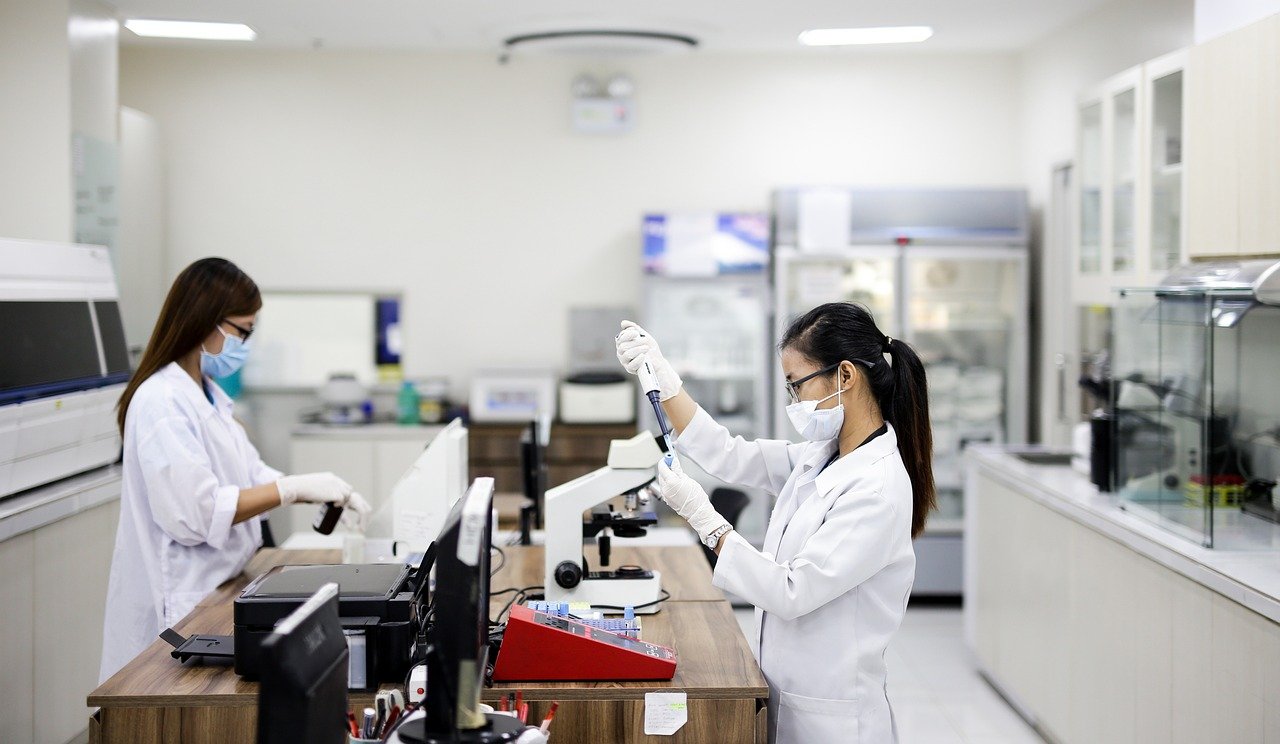Vaccines are among the most effective public health tools in combating infectious diseases, saving millions of lives each year. However, the efficacy of vaccines depends on maintaining their potency throughout the entire supply chain. For most vaccines, this means keeping them within a strict temperature range from the point of manufacture to the point of administration. This process is referred to as the cold chain, a temperature-controlled supply chain that is essential for preserving the quality and effectiveness of vaccines. Central to the success of cold chain logistics are cold storage boxes, which play a critical role in ensuring that vaccines are kept at optimal temperatures during transportation and storage.
As the demand for vaccines has surged globally due to ongoing vaccination efforts against diseases like COVID-19, the need for efficient and reliable cold storage solutions has never been greater. Cold storage boxes, along with other components such as refrigerated trucks, air freight containers, and medical refrigerators, are key to safeguarding vaccines during their journey across borders and into the hands of healthcare providers. Understanding the role of cold storage boxes in global vaccine distribution can provide insights into the logistical challenges and technological innovations that shape modern vaccine delivery systems.
The Importance of Cold Chain Logistics in Vaccine Distribution
Vaccines are highly sensitive to temperature changes. Most vaccines need to be stored at temperatures between 2°C and 8°C to remain effective, although some, like mRNA vaccines, require ultra-low temperatures of -70°C or lower. If vaccines are exposed to temperatures outside their recommended range, even for a short period, they can lose their potency and become ineffective. This makes the integrity of the cold chain vital for ensuring that vaccines reach their destination in a condition where they can be safely administered.
Cold chain logistics is responsible for maintaining the appropriate temperature from the moment vaccines are manufactured until they are delivered to vaccination centers, clinics, or hospitals. The key components of the cold chain include refrigerated storage facilities, refrigerated transport vehicles, medical refrigerators, and cold storage boxes designed for transportation. While large-scale infrastructure such as refrigerated warehouses and trucks are crucial for vaccine storage and distribution, cold storage boxes are indispensable for bridging the gap between these facilities and more remote or less accessible areas.
The Role of Cold Storage Boxes in Vaccine Distribution
Cold storage boxes are portable, insulated containers specifically designed to maintain a stable internal temperature for an extended period, making them ideal for transporting vaccines over long distances, including to remote or rural areas with limited access to healthcare infrastructure. These boxes come in various sizes and capacities, depending on the amount of vaccine being transported and the required temperature range.
1. Maintaining Temperature Stability
- One of the primary functions of cold storage boxes is to maintain a consistent temperature inside the box, regardless of the external environment. This is achieved through advanced insulation materials that minimize heat transfer between the inside of the box and the surrounding air. Some cold storage boxes also incorporate phase-change materials (PCMs), which can absorb and release thermal energy as they melt and solidify, helping to maintain a constant temperature inside the box.
- Cold storage boxes can be preconditioned to the required temperature before loading vaccines, and ice packs or cold packs are often used to help maintain the cold chain. The use of digital temperature monitoring devices allows healthcare workers to track the temperature inside the box throughout the journey, ensuring that vaccines remain within the safe temperature range.
2. Enabling Last-Mile Delivery
- Cold storage boxes are especially important in the “last mile” of vaccine distribution—the final leg of the journey where vaccines are delivered from distribution hubs to local health facilities or directly to vaccination sites. This is often the most challenging part of the supply chain, particularly in remote areas with limited infrastructure, unreliable electricity, or difficult terrain.
- In such regions, cold storage boxes provide a reliable way to transport vaccines while maintaining the cold chain. Some cold storage boxes are designed for use with solar-powered refrigerators, providing off-grid solutions for vaccine storage. These innovations ensure that even communities in remote areas can receive life-saving vaccines without compromising their efficacy.
3. Durability and Portability
- Cold storage boxes are built to withstand the rigors of transport, including exposure to extreme weather conditions, rough handling, and long transit times. Their robust design ensures that they can protect vaccines from physical damage as well as temperature fluctuations.
- Portability is another key feature of cold storage boxes. Unlike larger refrigeration units or medical refrigerators, cold storage boxes are lightweight and easy to carry. This makes them ideal for use in mobile vaccination campaigns, humanitarian relief efforts, or emergency situations where vaccines need to be delivered quickly and efficiently.
4. Affordability and Scalability
- Cold storage boxes are often a cost-effective solution for maintaining the cold chain, especially in areas where building large-scale refrigeration infrastructure may not be feasible. They can be deployed quickly and scaled up as needed, making them an essential tool in both routine immunization programs and emergency vaccination efforts.
- The price of cold storage boxes varies depending on their size, capacity, and features. While some high-end models may incorporate sophisticated temperature control systems and data loggers, more affordable options are available that still meet the basic requirements for vaccine transport. The cost of cold storage boxes, alongside medical refrigerator price, is a key consideration for health organizations when planning vaccine distribution programs, particularly in low-resource settings.
Cold Chain Challenges in Global Vaccine Distribution
While cold storage boxes are crucial for maintaining the cold chain, there are several challenges associated with global vaccine distribution that must be addressed to ensure their effective use:
1. Infrastructure Gaps
- In many low- and middle-income countries, the cold chain infrastructure is insufficient to support large-scale vaccine distribution. Limited access to electricity, inadequate road networks, and a lack of refrigeration equipment can all hinder the ability to maintain the cold chain.
- While cold storage boxes can mitigate some of these challenges, investments in infrastructure such as medical refrigerators, solar-powered cold storage solutions, and temperature monitoring systems are necessary to ensure the long-term success of vaccination programs.
2. Temperature Monitoring and Data Logging
- The ability to monitor temperature throughout the vaccine’s journey is critical for maintaining the cold chain. Modern cold storage boxes often include built-in digital thermometers and data loggers that record temperature data in real time. However, ensuring that this data is accurate and accessible, particularly in remote or low-resource settings, can be a challenge.
- The integration of IoT (Internet of Things) technologies and GPS tracking systems into cold chain logistics offers a potential solution, enabling real-time monitoring and alert systems that notify healthcare providers if a cold storage box’s temperature goes out of range.
3. Vaccine-Specific Temperature Requirements
- Different vaccines have different storage temperature requirements. For example, some COVID-19 vaccines, like the Pfizer-BioNTech vaccine, require ultra-low temperatures (-70°C), while others, such as the Oxford-AstraZeneca vaccine, can be stored at standard refrigeration temperatures (2°C to 8°C). Ensuring that cold storage boxes can accommodate these varying requirements is a significant challenge in global vaccine distribution.
- Cold storage boxes designed for ultra-low temperatures are more expensive and require specialized cooling elements, making them less accessible in certain regions. The price of medical refrigerators capable of reaching ultra-low temperatures is also a barrier for many health organizations.
4. Cost Considerations
- The price of cold storage solutions, including medical refrigerators, can be prohibitive for some low-income countries or regions. While cold storage boxes are a more affordable option, the overall cost of maintaining the cold chain—including the purchase of refrigeration equipment, transportation, and monitoring systems—can be a significant challenge.
- Health organizations and governments must carefully balance the need for robust cold chain solutions with the available budget. Understanding medical refrigerator prices and the cost of cold storage boxes is critical when planning vaccine distribution strategies in resource-constrained settings.
Innovations in Cold Storage Box Design
The increasing demand for vaccines, particularly during the COVID-19 pandemic, has driven innovation in cold storage box design. New technologies and materials are being developed to improve the performance, affordability, and sustainability of cold storage boxes.
1. Phase-Change Materials (PCMs)
- Phase-change materials are capable of absorbing and releasing large amounts of thermal energy as they change from solid to liquid and back again. Incorporating PCMs into cold storage boxes helps maintain a stable internal temperature for longer periods, reducing the need for constant refrigeration.
2. Solar-Powered Cold Storage
- Solar-powered cold storage boxes are designed for off-grid use, making them ideal for remote areas with limited access to electricity. These boxes use solar panels to charge batteries that power the refrigeration system, ensuring that vaccines remain within the required temperature range even in challenging environments.
3. Recyclable and Sustainable Materials
- As environmental sustainability becomes a priority for many industries, cold storage box for vaccines manufacturers are exploring the use of recyclable and biodegradable materials. These innovations help reduce the environmental impact of cold chain logistics while maintaining the safety and efficacy of vaccine transport.
Conclusion
Cold storage boxes are an indispensable component of cold chain logistics, playing a critical role in ensuring the safe and efficient distribution of vaccines worldwide. By maintaining the proper temperature during transportation and storage, these boxes protect vaccines from spoilage and degradation, ensuring that they remain effective when administered.
As global vaccine distribution efforts continue to expand, particularly in response to pandemics and other public health emergencies, the demand for innovative and reliable cold storage solutions will only increase. Health organizations, governments, and manufacturers must work together to overcome the challenges associated with cold chain logistics, including infrastructure gaps, temperature monitoring, and cost considerations, while also embracing technological innovations that improve the affordability and sustainability of cold storage boxes.
By addressing these challenges, cold storage boxes, alongside medical refrigerators and other cold chain equipment, will remain a cornerstone of global vaccine distribution, ensuring that life-saving vaccines reach every corner of the world.






Leave a Reply